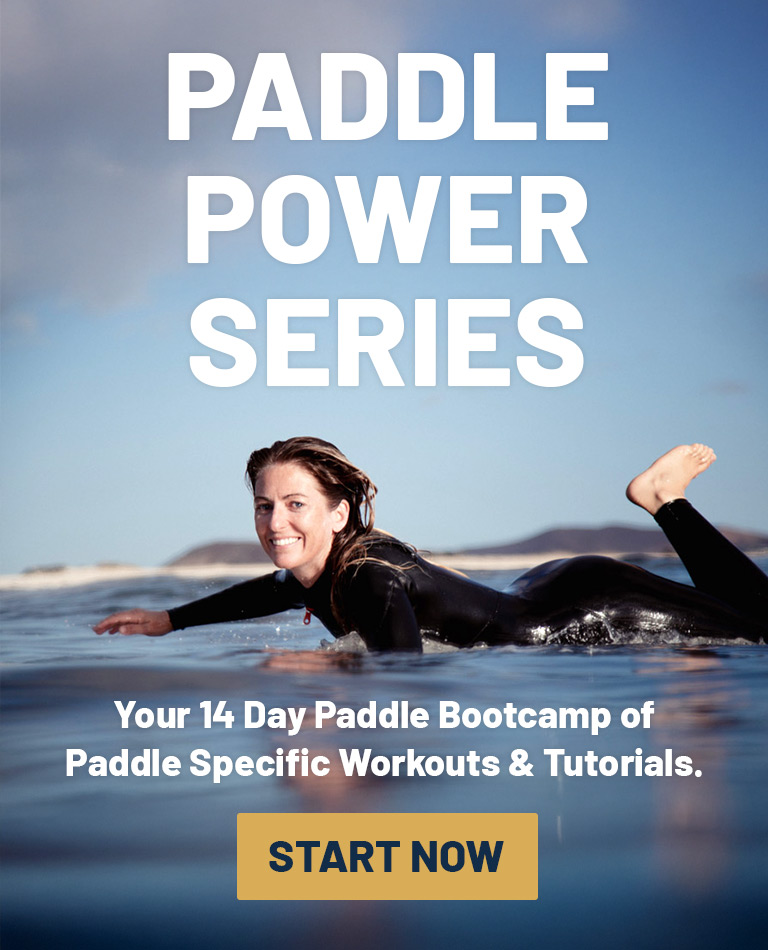
About Carrie Flack, MS, RDN:
Carrie Flack has been a surfer for nine years and a Registered Dietitian for five years. Her Master’s degree is in Nutritional Science and she is credentialed as a Registered Dietitian Nutritionist, with five years of clinical nutrition counseling experience. For her, surfing has been a gift and a huge passion from Day One. She gives back to the sport by using her knowledge of nutrition to benefit other surfers.

Four Keys to a Successful Diet for Surfers
A balanced diet is essential for overall health and fueling your surfing performance. Surfing is an athletic endeavor and very demanding on the body. If you regularly fuel with healthy foods, your body will respond by keeping your energy high for surfing, healing quickly from injuries, and help prevent them. A solid nutrition plan will help you restore energy expended while surfing and recover more quickly.
Follow the 80/20 Rule:
The 80/20 Rule is simply to make 80% of your food intake from healthy foods like fruits, vegetables, whole grains/high fiber starches, healthy fats, and lean proteins. Limit foods high in refined sugars, unhealthy fats (fried foods), and processed foods to 20% of your dietary intake. Following is a further explanation of what foods fall in each category.
The 80%:
Lean protein: organic chicken and turkey, wild caught fish, free-range eggs, beans, lentils
High-fiber starches: brown rice, quinoa, sweet potatoes, whole grains (sprouted), oatmeal, winter squashes
Healthy fats: olive oil, coconut oil, avocado, raw/sprouted nuts & seeds, chia seeds, hemp seeds
Fruits: acai, blue berries, cherries, blackberries, strawberries, dragon fruit, goji berries, pineapple, papaya, mango
Vegetables: spinach, kale, collard greens, cruciferous vegetables (broccoli, cauliflower, cabbage, Brussels sprouts), carrots, cucumber, celery, tomatoes, garlic, onions
The 20%:
Refined white cane sugar, high fructose corn syrup, and foods with more 20g/serving of added sugars
Unhealthy fats: refined vegetable oils: canola, safflower, sunflower, etc; trans fats (“hydrogenated fats or oil” on food label ingredients list)
Refined white starches: white breads/pastries, sugary breakfast cereals, doughnuts, desserts, candy, etc.
High-fat and/or meats: red meat, steak, pepperoni, sausage, hot dogs, deli meats
Following this method of eating reduces inflammation that is created by exercise and is inherent to the daily functioning of our bodies. This will ensure that your body is at its peak health, energy and performance at all times. You will likely get sick less frequently and have an overall feeling of revitalization. If peak performance and health is your top priority, I recommend aiming for a dietary intake of 90% healthy foods and 10% from other foods.
Choose Organic When You Can
Choosing organic foods is one way to ensure you are getting the most nutrition out of your diet. Meats, dairy, leafy green vegetables, and fruits without peels are the best foods to spend the extra money and purchase organic. Look for “free-range”, “USDA certified organic”, and “grass-fed”, on food labels, which indicates a higher quality, more nutritious product. It may not always be convenient or cheap to purchase organic foods, but the nutrient payout is worth it.

Eat a “Superfood” Every Day
The term “superfood” has been used by the media and marketing to sell many over-priced exotic foods, but there is merit to including these foods as a part of balanced diet. The definition of a superfood is a food that has been studied and shown to contain significant amounts of a nutrient that denotes a health benefit, most often anti-inflammatory. Examples include acai, kale, dark chocolate, hemp seeds, coconut oil, goji berries, chlorella, golden berries, and raw honey. Adding a superfood to your daily intake is a great strategy to boost nutrient density of your diet and improve recovery.
Make a Plan & Stick To It
When it comes to executing a healthy diet, a little forethought and planning goes a long way to accomplishing that goal. It is difficult to follow through with making healthier food choices if that food is not readily available. Meal planning and preparing meals ahead of time is the key to making changes to your diet and making those changes long-term. Taking the time to create a meal plan for the week, grocery shopping to that plan, and having those healthy foods available will help ensure you stick to healthy diet. I recommend sitting down once a week, gathering recipes and writing out a meal plan. Meal preparation can be done once or twice per week depending on how much variety you prefer. Mealboard is a great smartphone app that allows you to meal plan, import recipes from the web, keep track of what is in your pantry, and generate a grocery list from your meal plan.

Follow me on social media for more articles and insights into nutrition for surfers. This article is meant for general information purposes only. For a nutrition plan tailored to your specific dietary needs, consider booking a nutrition counseling session with me online at www.carrieflack.com. Happy & healthy surfing! ~ Carrie
Facebook: Swell Nutrition
Instagram: swell_nutrition
Twitter: @swellnutrition
Website: www.carrieflack.com




